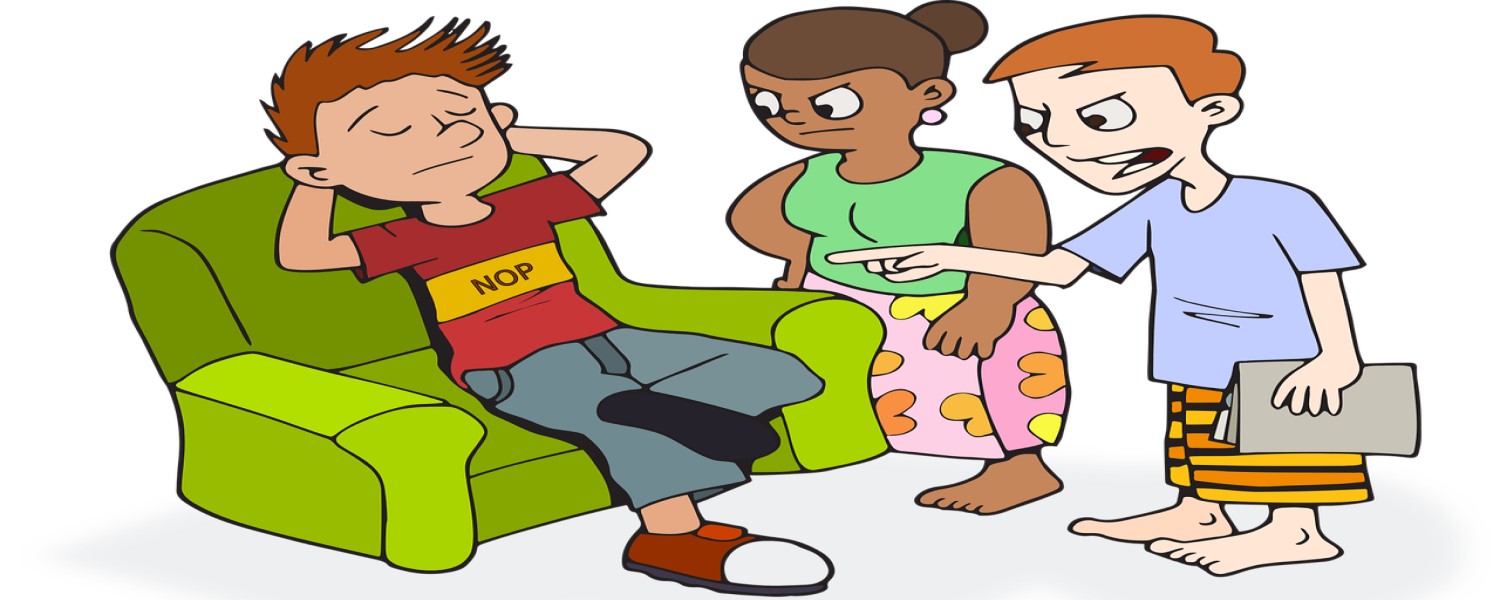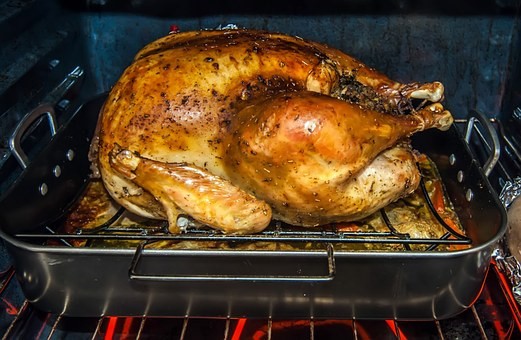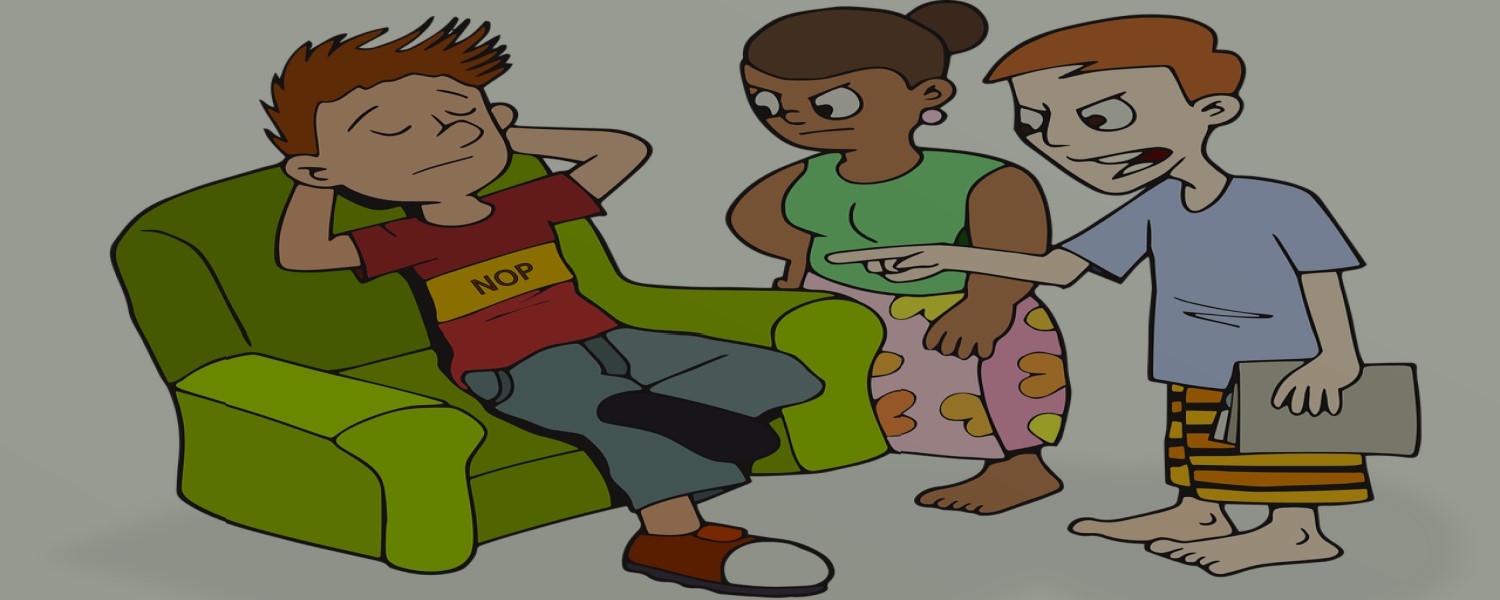Social Loafing: This is How to Deal with Slackers!
One of my biggest pet peeves is people in groups who do not pull their own weight! I am sure you too have experienced the joys of being on a team with one of these turkeys! You know who I am talking about, the one who is constantly engaged in social loafing, yet still expects to enjoy the fruit of everyone else’s labor! In today’s post, we are going to discuss social loafing – what it is, what causes it, and some strategies that can be used to reduce it – including one called the 3Cs.

I will also show you the Prime Your Pump 12-pound Turkey Strategy to reduce social loafing, stay tuned for that one!
What is Social Loafing?
Social loafing is a phenomenon where an individual exerts less effort when working as part of a group than when they work alone. It is seen as one of the primary reasons for the lack of productivity of groups in comparison to the productivity of the group members when they work individually.
The first research on social loafing took place way back in 1913 by a man named Max Ringelmann. Ringelmann’s research had to do with men engaging in a tug-of-war and he found that the group collectively did not pull as hard as the individual members did when pulling alone.
He also found that as the size of the group increased, the individual members of the group became less productive, which is what is known as ‘the Ringelmann Effect’.
The term social loafing was coined by Latane, Williams, and Harkins who confirmed Ringelmann’s observation that decreased group productivity was in fact due to reduced individual effort rather than a lack of coordination.
What Causes Social Loafing?
There are various reasons for social loafing that have been presented in the literature including:
 Less pressure on individuals to produce.
Less pressure on individuals to produce.
 Absence of identifiable rewards for individual productivity.
Absence of identifiable rewards for individual productivity.
 The undertaking seems meaningless.
The undertaking seems meaningless.
 Tasks that are complex in nature.
Tasks that are complex in nature.
 Lack of group cohesion.
Lack of group cohesion.
 Expectation that fellow group members will be better contributors.
Expectation that fellow group members will be better contributors.
 Sheer laziness.
Sheer laziness.
There are a multitude of strategies that can be used to decrease social loafing including…
The 3C’s to Reduce Social Loafing
According to Dan Rothwell, author of In the Company of Others: An Introduction to Communication, groups can use the 3C’s of motivation to reduce social loafing:
Collaboration: The first thing you need to do is assign everyone in the group a specific and meaningful task. By getting everyone involved you are giving them obligations to complete and they won’t want to let the group down.
Content: Next, you will want to make sure that the task assigned to each group member is an important contribution to the success of the group. By ensuring each task is connected to the overall group objective members will feel that their contribution is valued by the group. You will also want to ensure that group members see not only their parts but also how they contributed to the overall group objective.
Choice: Finally, you will want to let group members choose the tasks they need to complete. This will strengthen individual ownership and encourage group collaboration and teamwork.
In his book, Making the Team: A Guide for Managers, Leigh Thompson also believes that while motivation and ability are essential for teams to function well, coordination is also important. He splits his recommendations up into two types of strategies, the first being…
Motivational Strategies to Reduce Social Loafing
The motivational strategies that Thompson recommends are:
 Increasing the identifiability of the contributions of each individual member.
Increasing the identifiability of the contributions of each individual member.
 Promoting the involvement of group members.
Promoting the involvement of group members.
 Strengthening group cohesion so they expend extra effort.
Strengthening group cohesion so they expend extra effort.
 Increasing individual responsibility.
Increasing individual responsibility.
 Utilize group contracts.
Utilize group contracts.
 Performance reviews and feedback as social loafers have been shown to reduce effort due to lack of assessment of their contributions – in other words, hold them accountable.
Performance reviews and feedback as social loafers have been shown to reduce effort due to lack of assessment of their contributions – in other words, hold them accountable.
In addition to Thompson’s suggestions, we also suggest the use of i-messages or we-messages from the group to the social loafer; see our previous post on i-messages.
And the second being…
Coordination Strategies to Reduce Social Loafing:
Thompson also suggested that teams should coordinate the skills, efforts, and actions of their members in order to be successful and had the following suggestions:
 Creating a clear and specific agenda.
Creating a clear and specific agenda.
 Train all team members together.
Train all team members together.
 Allocate more time to practicing tasks.
Allocate more time to practicing tasks.
 Reduce the number of links in the communication chain.
Reduce the number of links in the communication chain.
 Establish clear performance standards.
Establish clear performance standards.
Before we go, our crackerjack team here at Prime Your Pump has come up with yet another coordination strategy which meshes perfectly with Thompson’s work. It is easy, intuitive and you can use it to reduce social loafing with little effort. With any further ado, I present you with…
The Prime Your Pump 12 Pound Turkey Strategy to Reduce Social Loafing

Which goes like this – you must keep the group small enough where you can feed everyone with one 12-pound turkey. This means that the group must be less than 10 people which is exactly what Thompson recommended in his coordination strategies for the optimal size of a group to reduce social loafing.
Before we go, I would be remiss if I failed to address a recent criticism of our Prime Your Pump 12-pound turkey strategy to reduce social loafing. Some have been critical of the strategy due to the fact that turkey contains the amino acid tryptophan. For those unfamiliar with tryptophan, it is an amino acid often associated with making you feel sleepy after eating a Thanksgiving meal. The critics posit that by feeding the group turkey it will make them tired and actually increase soclai loafing!
Well, I would like to point out to those turkeys who are criticizing the model that they are incorrect. The reason you are in need of a post-Thanksgiving meal nap is due to the excessive alcohol and carbohydrates you are consuming, the whole turkey thing is a myth according to experts.
Until next time, eliminate those social loafing turkeys, gobble gobble, and as always…PYMFP!
–Rick
Use it or Lose It:
To deal with social loafing:
 Remember the 3 C’s: Collaboration, Content, and Choice.
Remember the 3 C’s: Collaboration, Content, and Choice.
 Utilize Thompson’s motivational strategies to reduce social loafing.
Utilize Thompson’s motivational strategies to reduce social loafing.
 Utilize Thomson’s coordination strategies to reduce social loafing.
Utilize Thomson’s coordination strategies to reduce social loafing.
{and] And last but not least, utilize the Prime Your Pump 12-pound turkey strategy to reduce social loafing!
When to Use It:
When you want to reduce social loafing on a team you are involved in or manage.
What Do You Think?
Have you used any of these strategies when dealing with social loafing? Do you have any other strategies? Please share in the comments below!
If you enjoyed this post, it would mean the world to us if you shared it with people you care about via any of the social media platforms below!
Popular Previous Posts:
Rare Events: Why Unlikely Things Happen All the Time!
On the Shoulders of the Oracle: 20 Warren Buffett Quotes
12 Amazing Leadership Lessons from 2 Navy SEALS
This is How to Start a Chain Reaction with Keystone Habits
Let’s All Try to Agree on How to Disagree!
References
Karau, S J and Williams, K D (1993) Social loafing: a meta-analytic review and theoretical integration, Journal of Personality and Social Psychology, 65 (4), pp 681-706
Rothwell, J D (1999) In the Company of Others: An introduction to communication, Mayfield, Mountain View, CA
Thompson, L. L. (2003). Making the team: A guide for managers. Saddle River, NJ: Pearson/Prentice Hall. (pp. 29-36).
Karau, Steven J.; Williams, Kipling D. (1993). “Social loafing: A meta-analytic review and theoretical integration”. Journal of Personality and Social Psychology. 65 (4): 681–706.


Have not heard of the Turkey Theory before. Thanksgiving two years ago, we hosted a group of 7, including ourselves. A 12 pound bird turned out to be exactly the right size. OK, enough about feasting, and moving on to group size.
We have found that four is the optimal size to be effective. Any more than that, you find yourself in the mode of herding cats. Any less, and people feel overwhelmed at the size/length/complexity of the planning activities. For a social event, the first item to be agreed upon is the date, which quite often will be the most difficult decision due to other commitments. The second item then becomes “where?” Somebody’s house/back yard, rent a banquet room, the park – but if the park then there must be a an “if it rains” contingency which means you probably should not even consider the park.
There are many times when we are in the mode of “tell us when, where and what to bring. See you all then.” Actually, that might be the easiest. Sometimes being a slacker is best.
Hi Dave, Of course, you haven’t as it is a recent Prime Your Pump research discovery! haha Yeah, smaller is always better, I completely agree with you. It just depends on the size of the project/task – sometimes you may need a few more. Thanks as always for reading and enlightening us with your great comments. Be good! Rick